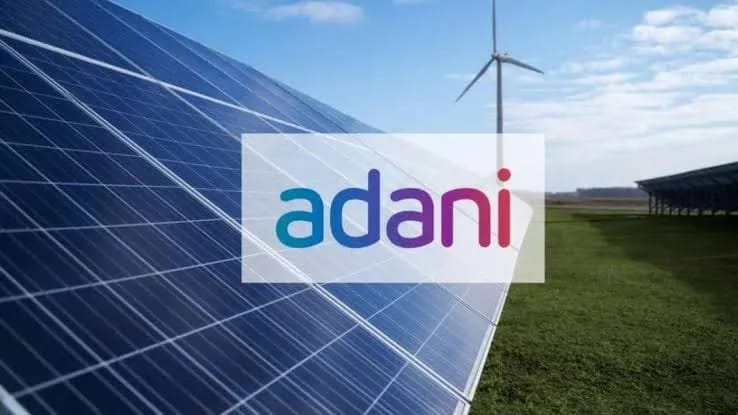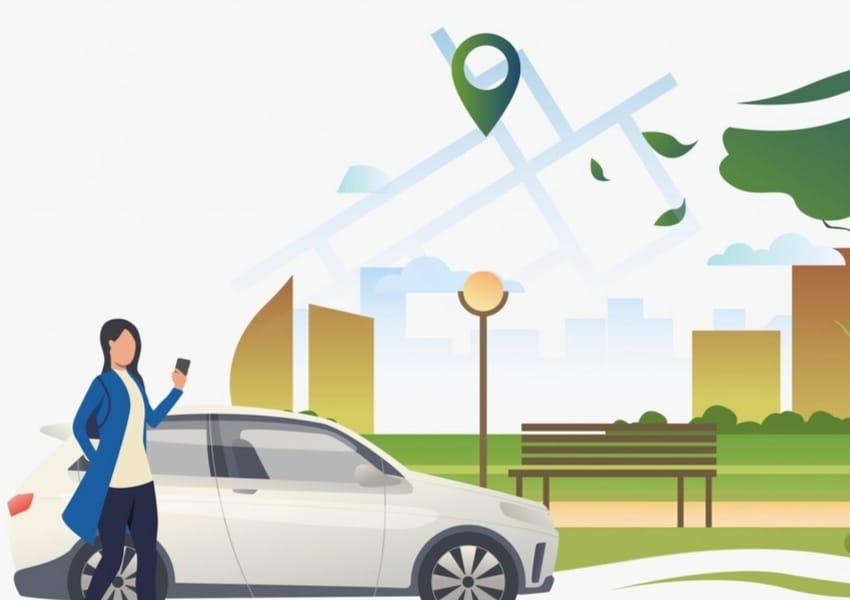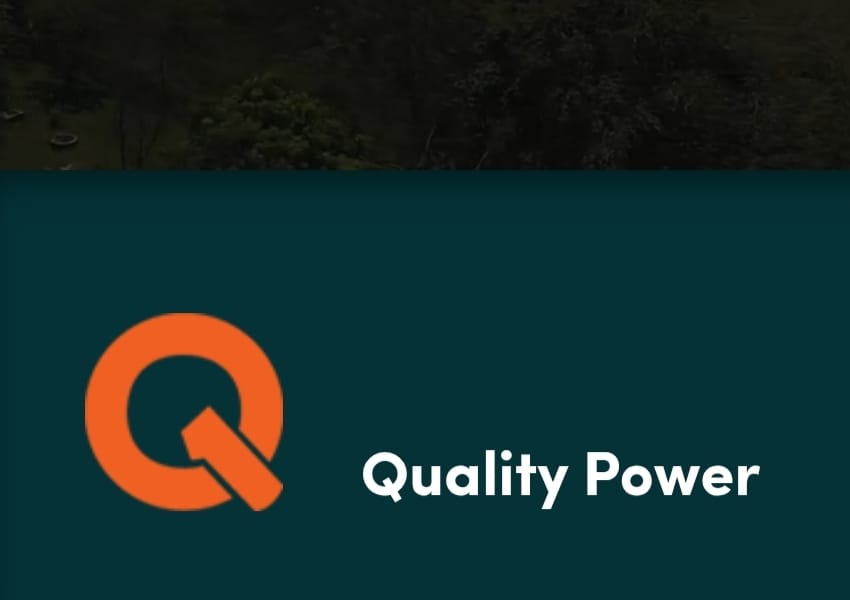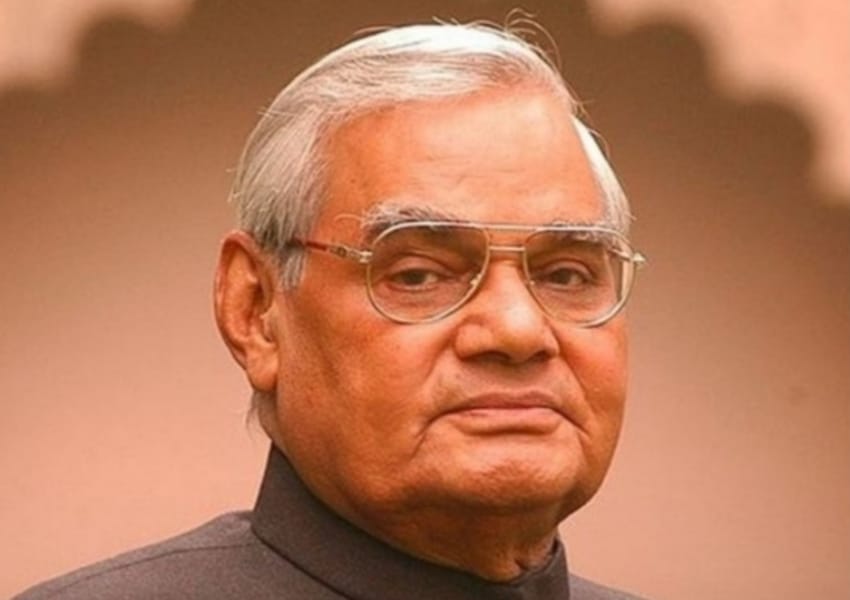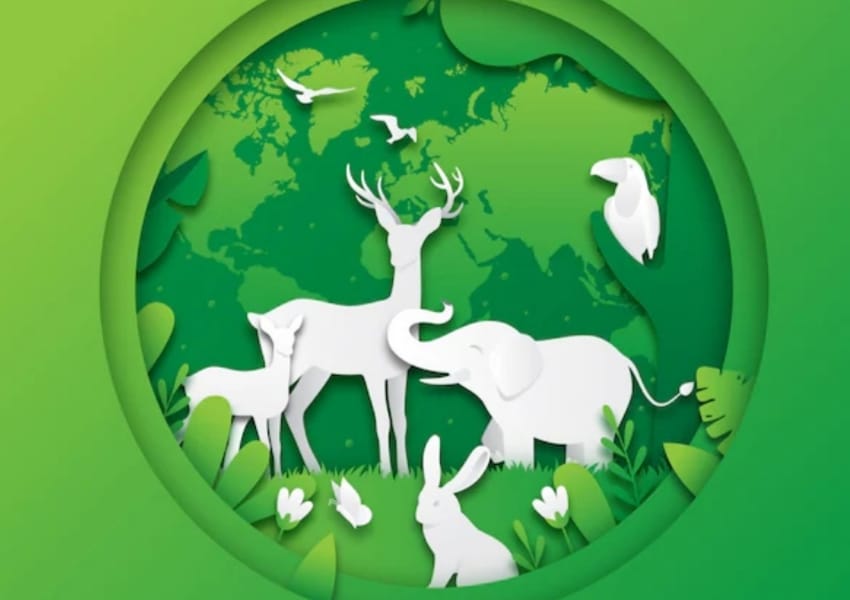Transition Over Seven Years: 800,000 Buses To Shift From Diesel To Electric

Estimates suggest a capital investment of Rs 1.2–1.5 trillion may be required to roll out 100,000 electric buses at current prices
The government recently disclosed intentions to replace 800,000 diesel buses—roughly one-third of the whole bus fleet—with electric vehicles (EVs) over the course of the next seven years as part of a significant environmentally conscious initiative. This bold initiative promises major environmental benefits and represents a major shift in India’s public transport system. At the same time, it will give a big boost to the electric vehicle (EV) industry and have a number of secondary benefits.
According to government insiders, a comprehensive plan that could change the game calls for the introduction of 200,000 electric buses for state transport undertakings (STUs), 550,000 for private operators and an additional 50,000 designated for employee and school transportation by 2030.
This programme is in accordance with the larger Faster Adoption and Manufacturing Electric Vehicles (FAME) incentive scheme, which was introduced in 2015 and is being funded with Rs 10,000 crore over three years, beginning in 2019 and ending in March 2024.
The updated programme, known as FAME III, is anticipated to include a number of new incentives, including as production-linked incentives (PLI), with the goal of boosting the industry and hastening the adoption of EVs.
Beyond the benefits to the environment, switching to electric buses is expected to hasten the construction of the infrastructure needed for charging, draw in investments, achieve economies of scale, lower the cost of a unit and create jobs in the manufacturing sector.
Based on preliminary estimates, it may need a capital investment of Rs 1.2–1.5 trillion to deploy 100,000 electric buses at the current cost. To finalise the plan’s contents, government representatives are holding talks with interested parties. The plan may be unveiled in the next fiscal year.
In order to reduce prices per unit and expedite distribution to current transporters, discussions are concentrated on combining and reorganising demand through large procurement tenders. There are now only 4,000 electric buses on Indian roadways, which is a small number compared to the 2.3 million buses that run on CNG and diesel.




